Nearly everything a modern-day fisher could possibly want has been showcased over the past couple of days at Scottish Skipper Expo in Aberdeen.
On the hunt for a pair of heavy duty wellies for that next trip out to sea?
Or perhaps a nice, comfy captain’s chair from which to skipper your vessel?
Those with bigger shopping budgets may have fancied one or more of the seven new fishing boats on display.
All of these and much more were showcased at the now biennial event at P&J Live.
Skippers, vessel owners, processors and many others from the industry were at the two-day show to see new technology and meet suppliers.
The event boasted a strong lineup of UK and overseas businesses showcasing a wide range of products and services.
Meanwhile, tasty snacks laid on by trade body Seafood Scotland were snapped up enthusiastically by exhibitors and show visitors alike.
Key challenges for Scottish fishing
It was an ideal networking opportunity but there were some key issues underlying the hustle and bustle of the show floor.
Yesterday’s opening speeches from Scottish Fishermen’s Federation chief executive Elspeth Macdonald and Rural Affairs Secretary Mairi Gougeon highlighted some of them.
They were both keen to see a further improvement in relations between the sector and Holyrood following recent progress.
Attempts to introduce Highly Protected Marine Areas sparked an industry outcry and forced the Scottish Government into a U-turn.
Ms Gougeon admitted the relationship between the two sides had become “fragile”.
Ms Macdonald was hoping for a “reset” after the collapse of the Bute House Agreement.
But she also reiterated major concerns in the Scottish industry about the number of wind farms being built offshore, creating a “spatial squeeze” for North Sea fishers.
Seafood Scotland’s mouth-watering treats showcased Scottish produce at its best.
There’s a people problem
But, as Donna Fordyce, the trade body’s chief executive, pointed out, the seafood industry needs people to catch and process it.
Tougher immigration roles after Brexit are limiting the pool of available talent.
Recruitment is now a major headache for the industry, which in some parts of the north-east has traditionally relied on migrants, Ms Fordyce told The Press and Journal.
She added: “In the processing sector in particular, there are issues about recruiting young people.”
Seafood Scotland is trying to address this through its Seafood in Schools initiative, where pupils are encouraged to find out more about fish and shellfish “from sea to plate”.
They are also encouraged to consider careers in the industry and told about the wide range of job opportunities.
Recruiting young people into the sector is very much the focus of the Peterhead-based Scottish Maritime Academy (SMA), a first-time exhibitor at Scottish Skipper Expo.
Part of North East Scotland College, SMA provides courses to new entrants across the maritime sector. Former students have work as trainee deckhands on emergency response and rescue vessels, as well as in the fishing and renewable-energy industries.
SMA manager Chris Bell said: “It’s important for us to be here at the show.
“It is an opportunity for us to explain what we do and make sure any young people attending are made aware of just how easy it is for them to get into the fishing sector though our courses. We also visit schools and career events to promote the centre.”
And it’s not just about jobs for the boys, Mr Bell said, highlighting a growing number of girls enrolling in SMA courses.
Peterhead Port Authority had a steady flow of traffic to its show stand. Visitors were treated to a virtual reality tour of the modern fish market and other facilities at Europe’s biggest white-fish port
But the Blue Toon faced stiff competition from Shetland, where council-run harbours teamed up with Lerwick Port Authority (LPA) to urge skippers to land their catch in the isles.
According to the Land in Shetland campaign website, the islands’ “state-of-the-art” fish markets and facilities are “waiting to serve your needs”.
LPA chief executive Calum Grains said: “The expo is a good opportunity for us to meet up with skippers who are already landing in Shetland, but also those who maybe haven’t been to the islands recently.”
Shetland Islands Council small ports supervisor Ross Maclennan is responsible for the day-to-day management and routine operations of 15 ports and harbours, including the designated landing ports of Scalloway and Cullivoe.
He said Shetland’s main ports offered benefits such as their proximity to important fishing grounds, saving skippers time and money in an industry whose supply chain demands the freshest catch.
The modern fish markets at Lerwick and Scalloway, together with their high-tech electronic auction system are another selling point for Shetland, Mr Maclennan added.
Aberdeen scientists on a mission
Meanwhile, researchers from the James Hutton Institute in Aberdeen were at the expo as part of a mission to develop potential new by-products for the Scottish fishing sector.
Fish oil and fish meal is already being produced as a by-product.
But examples elsewhere in the world include extracting insulin from fish eyes, using fish skin for leather and even skin grafts, and using shellfish shells for land drainage.
Hutton Institute economic and social science researchers have called on the wider seafood sector to help them understand the potential by taking part in a survey.
Applied economist Nazli Koseoglu said: “We would like the industry to help us identify where the best opportunities are and find ways to overcome the barriers to unlock them.
“A challenge in the Scottish sector is a lack of data on what could be processed, which is why we’re keen for people to take the survey from right across the sector.
“Initial findings suggest there are other challenges, such as the cost of labour for processing, which would be needed to segregate materials for use, as well as storage of by-products and the variability of catch, which makes scale and setting up supply chains difficult.
If we can help to pinpoint what the opportunities are, it could also help bring in innovative players, funding and opportunities to collaborate.” – Nazli Koseoglu, James Hutton Institute
“Additionally, a large amount of the fish and shellfish landed in Scotland is exported.
“If we can help to pinpoint what the opportunities are, it could also help bring in innovative players, funding and opportunities to collaborate.”
We're at the #ScottishSkipperExpo as part of the @lowinfood project. Come by and say hello!
🐟 We're also collecting views on how to add value to by-products in the seafood supply chain. Please fill in our survey to have your say:https://t.co/a5jKbvx7PC🐟#LOWINFOOD #FishWaste https://t.co/XjKlMRieQ3
— SEGS James Hutton (@HuttonSEGS) May 10, 2024
The project will run until October, when there will be an event for stakeholders from across the seafood supply chain, including survey participants, to share the results.
The findings will also be shared with UK and EU policy-makers.
Scottish Skipper Expo will be back at P&J Live in May 2026.
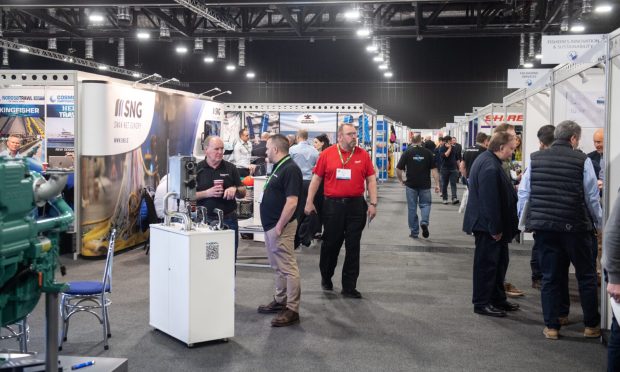
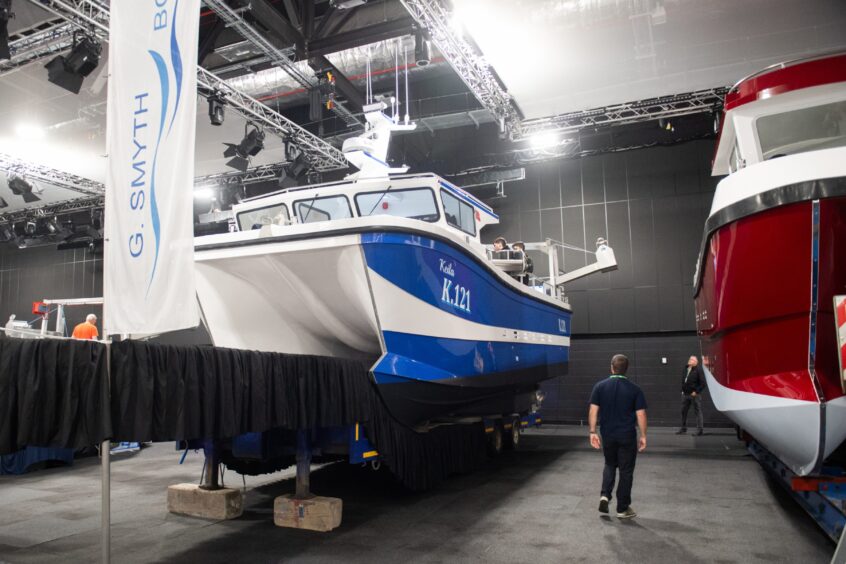
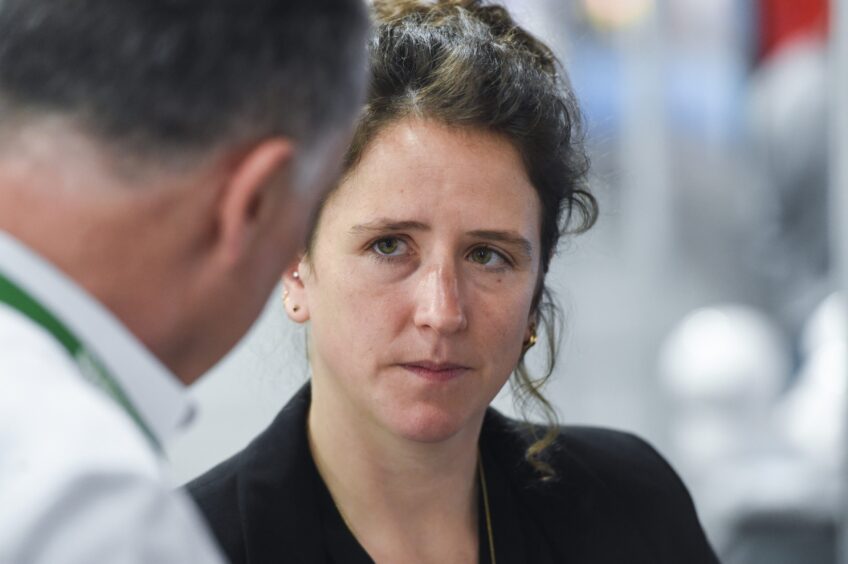
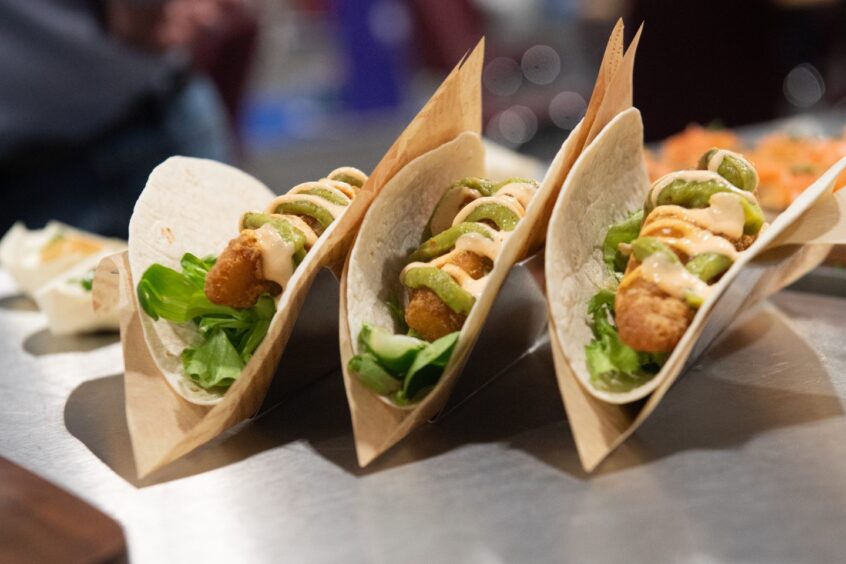
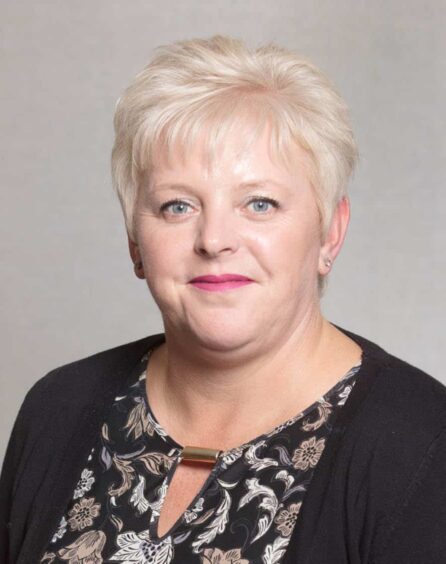
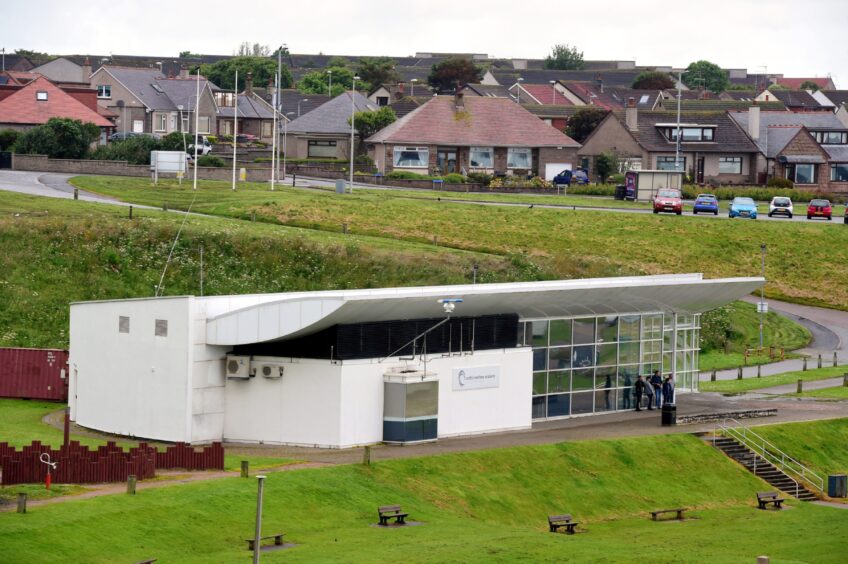

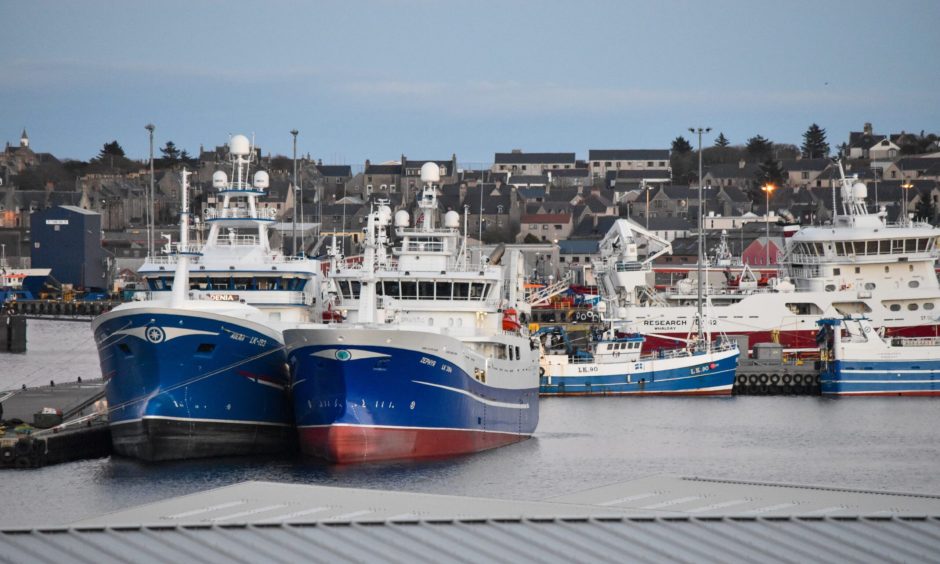
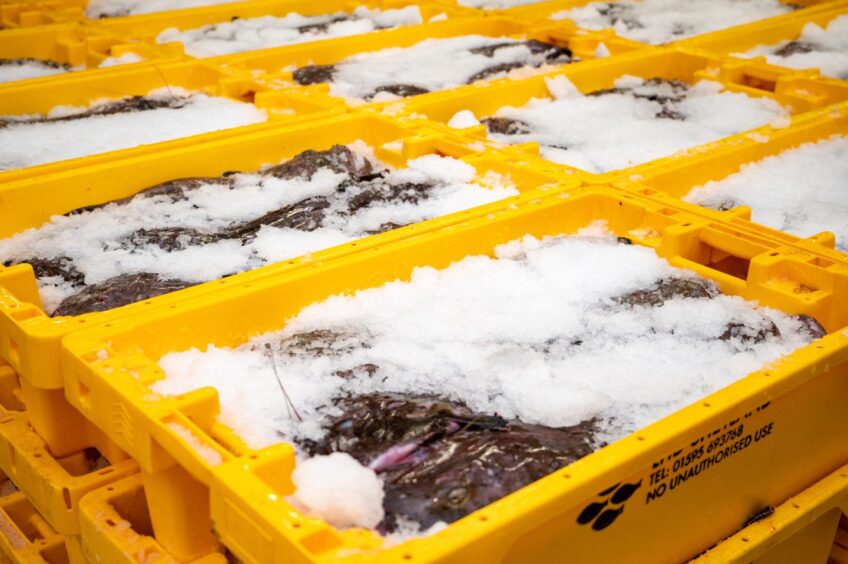
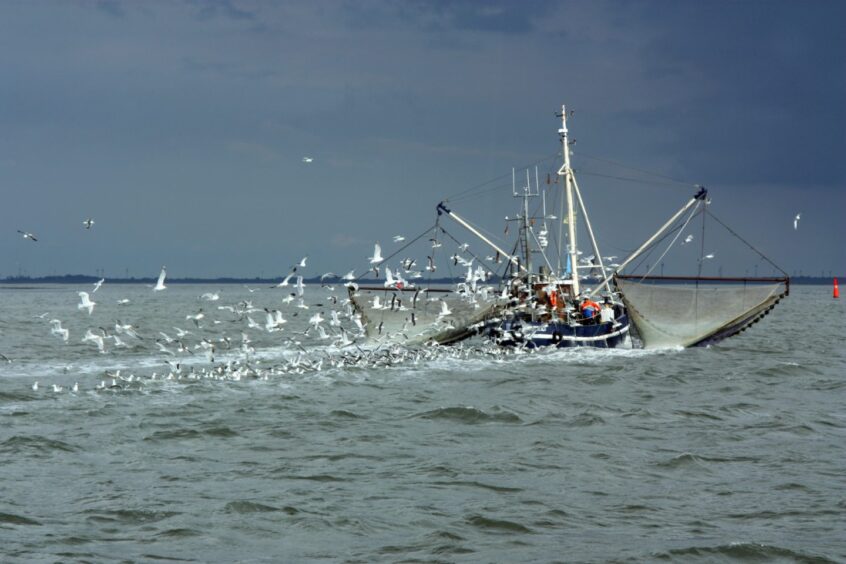
Conversation